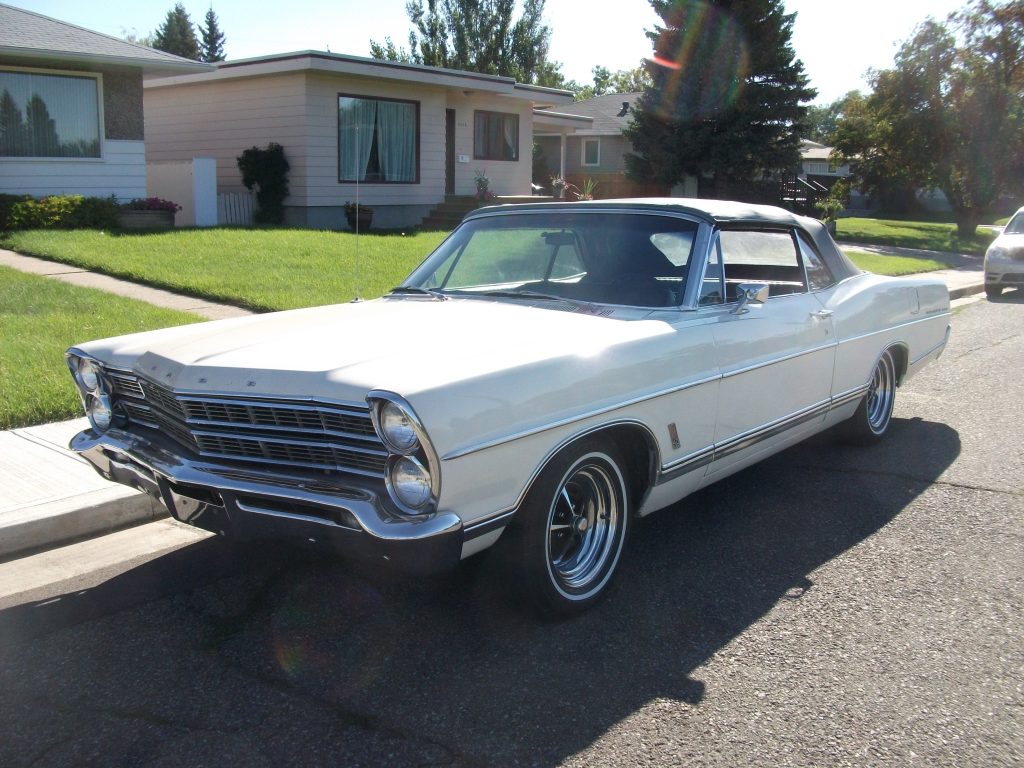
Q: I’m finishing a build on a 1967 Ford Galaxie convertible.
Here’s what I’ve got so far: a 1971 351W, bored .030 over, flat top pistons, stock 69cc heads and bottom end, Edelbrock Performer manifold, 600 cfm Holley vacuum secondary carb, and 1969 351W header-style OEM exhaust manifolds with dual 2½” glasspacks. I benched all the runners at home, and the valvetrain is stock (with a hydraulic flat tappet cam).
Do you know what my compression ratio is?
Is there an easy way to discover peak horsepower and torque?
I’ve chucked the stock rear 8”, 2.80 rear gears in favor of a 9”, 3.50 set—does my C-4 transmission need anything to help it perform and still handle cruise night?
Finally, would an H-pipe or X-pipe help the low end?
A: We’ve got plenty to keep you busy.
With the stock crank and overbore, your compression ratio should be 9.8:1.
The easiest way we’ve found to calculate torque and horsepower is with the DeskTop Dyno Engine Simulator from COMP Cams. This program lets you test camshafts, cylinder heads, compression ratios, valve sizes, intake manifolds, fuels, nitrous, exhausts, and more in seconds. It can also display power and torque curves to within 7% of true dyno data.
To get some quicker, snappier shifts out of your C-4, we’d recommend a B&M Transpak shift kit and a 2,400 rpm B&M Tork Master torque converter. If yours is a 1970-72 C-4, the Transpak part number is BMM-50229 and the converter partner number is BMM-50441 (this converter has a 26-spline input and a 10.5” bolt circle).
Either an X- or H-pipe will help you with low-end toque and power. Here’s a trick to finding the ideal spot to place the crossover: Take a crayon and mark the exhaust pipe from the front to back. Now, start the engine, and bring it up to operating temperature. Where the line stops melting is where the crossover needs to go.

Comments